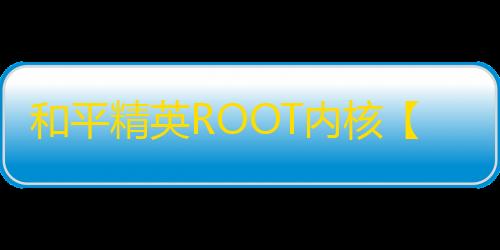
和平精英ROOT内核【YY内核】外挂
- 和平精英外挂很贵 和平精英卡盟低价自助下单 草莓和平精英科技 雨寒和平精英辅助
- 2025-07-01 10:41:51
-独家优化随机驱动过检测-战神在榜ID可查-顶级触摸算法-枪枪到肉--自调节距离锁-自调节骨骼距离显示-绘制流畅无卡顿-直播过录屏-音量键开关悬浮-投掷物预警-队编绘制-雷达预警-背敌显示手持武器-全图空投金叉-车辆显示-信号枪显-物资显示--仅支持root使用和平精英透视0元挂苹果
-
Android/ios/pc
适用于和平精英安卓辅助、模拟器辅助、苹果辅助 - 购买辅助
和平精英ROOT内核【YY内核】外挂
